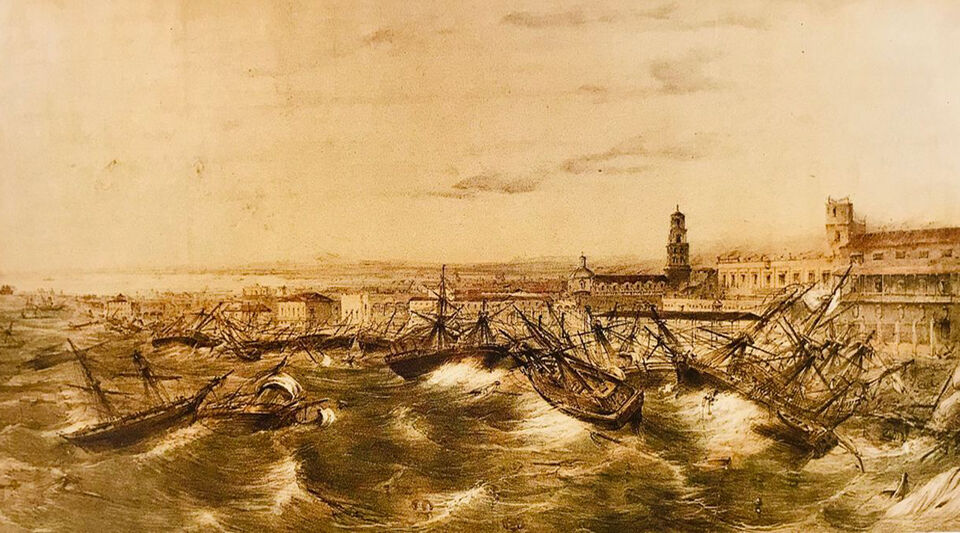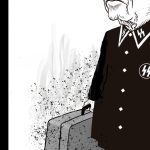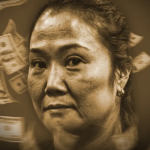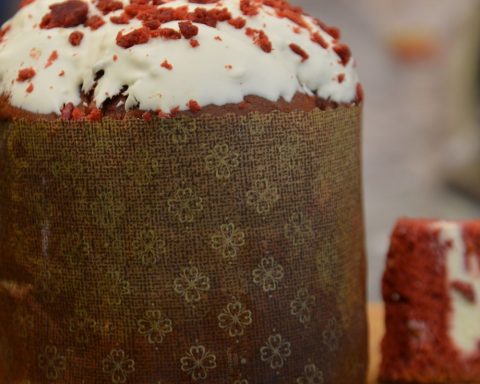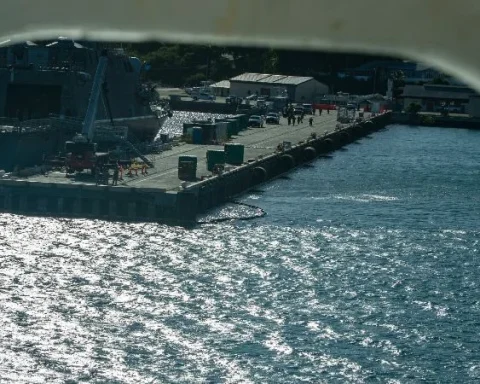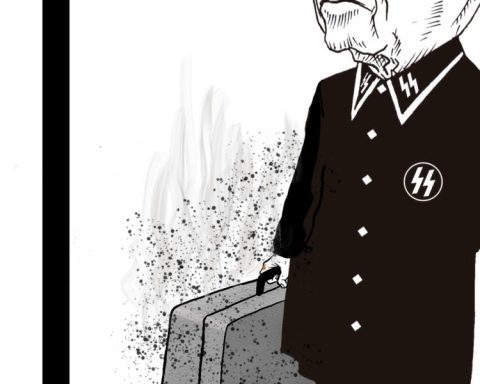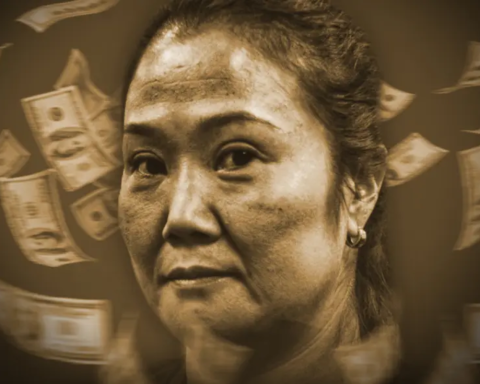Of the many symbols that define the cyclone, I prefer the crab. Slow, rotating, retrograde, the crab advances along an invisible but tenacious path. It is born from the cave – like the ancient gods of the wind – and looks for the ocean. Of both we have the trace, the imprint, and a will that is difficult to break or predict.
Anyone who has consulted the plates of the famous Book of Fishes, written by Antonio de la Parra and illustrated by his son in 1787, will know that the resemblance is exact. With a rustic but very expressive outline, the woodcuts dedicated to the crustaceans of the Island have the charm of an old bestiary.
Menacing and rough claws, knobby carapaces, razor-long legs and bright eyes, which stare enigmatically at the reader. My favorite specimen is an almost albino crab, with its left claw extended over the page. Due to a notch or error in the engraving plates, the clamp squeezes – but never really touches – a mysterious point.
That brand seems about to explode, releasing tornadoes and storms. The moisture tracks around it suggest, to anyone with time and imagination, that the Book of Fishes was indeed a gift from the hurricane.
The cyclone has also been called “father of the winds”, “celestial snake”, “rooster tail” and –the metaphor is from Lezama– “eye with wings”. Regressive and mortuary symbols, because they come from the fear and direct experience of the islander
The cyclone has also been called “father of the winds”, “celestial snake”, “rooster tail” and –the metaphor is from Lezama– “eye with wings”. Regressive and mortuary symbols, because they come from fear and the direct experience of the islander.
I see myself eight or nine years old, relatives by my side, in mournful silence. There is no electricity and a small radio babbles the coordinates of the cyclone. Someone takes the device in his hands and stretches the antenna. Turn up the volume: it’s on top of us.
The house is made of wood and tiles, and from the color of the sky – metallic gray, scraped by clouds – no one would be able to tell what time it is. The stories begin, the memory of other hurricanes, which always speak of someone who was lifted up into the air, because the hurricane caught him off guard in the street.
To another he threw the house into the abyss, but he had the courtesy of planting it with all its furniture and utensils in another region of the country, in perfect order. The mythical characters also marched: the woman with lead earrings, the plump and immovable lady, the skinny one who – like royal palms – the wind left bald, but did not uproot.
And the best of all: the man who went out with his rifle to face a tornado, bullets and shrapnel, like a demon well supplied with gunpowder.
When the family gathers to pass the hurricane, the old men recall strange phenomena, from when they themselves were children: waterspouts, rains of blood, downpours that bring fish, chickens and mice, birds that did not find rest and died of exhaustion on the roofs .
There were few remedies against the storm: scissors and cords to cut the wind. Avoid heights and rivers, pray such and more such litanies. Do not rely on calm, because it may be the eye or center of the whirlpool.
The island’s resistance to the cyclone forged the movement of our contradanzas, the silhouette of the cities, the love for snails and the ritual of tobacco, an intimate storm
Fernando Ortiz, who was the one who best understood our hurricanes, traced their mythology. In the book he wrote on the subject –a bibliographic rarity– he points out his essential law: cyclones do not appear in series, but as isolated monsters. That hunt for the celestial serpent, which is lost in the memory of the Island, turned the Cuban into a tense and nervous, but skillful being.
Attentive to the rooster and the absence of thunder, distrustful by nature, equipped with tricks and superstitions, the Creole inherited from the Indians a secret rivalry against the cyclone. The Cuban waits for the gale like someone who enters the labyrinth: at any corner the minotaur will ambush him and the knife must be rushed.
The island’s resistance to the cyclone forged the movement of our contradanzas, the silhouette of the cities, the love for snails and the ritual of tobacco, an intimate storm. By smoking, we win for ourselves the fire and the wind; the smoke comes out like a whirlpool and the cyclone flees, frightened, to the cave.
Our grandparents made us laugh with these occurrences, and thus took away our fear. The cyclone, a lame devil, a crab that walks backwards, was hobbling to the edge of the seas. And he left us the land clean, fertile, polished.
When the radio was turned off and the signal was lost, the family room in darkness –the night wind is the worst–, only the voice of the grandparents in the mansion kept us calm. It was that voice, those stories, the magic word to beat the cyclone.
